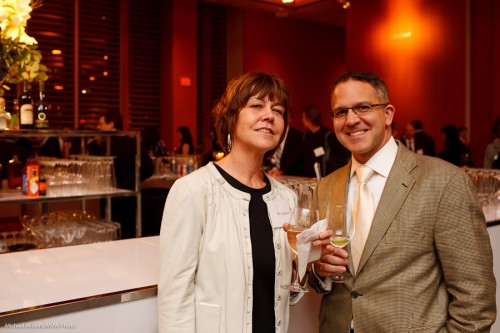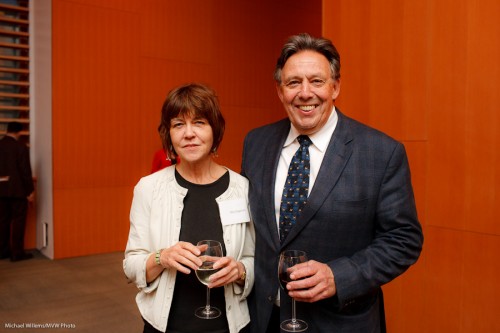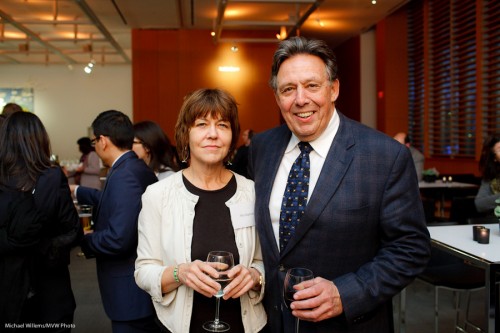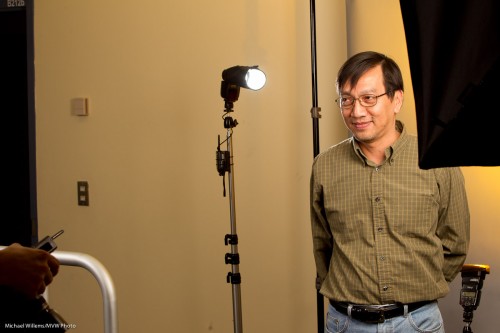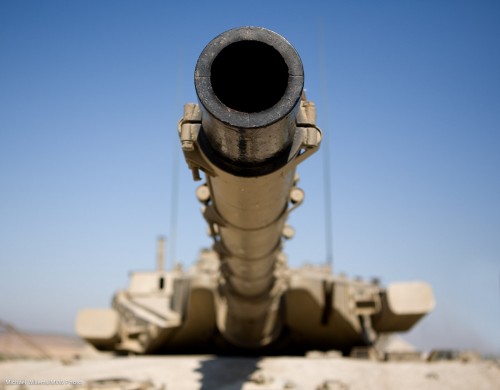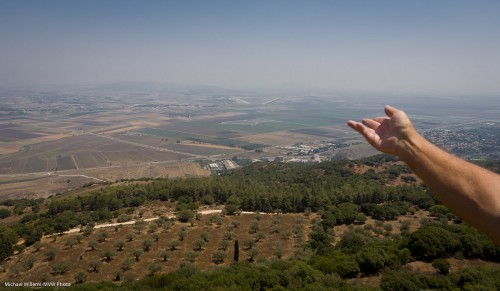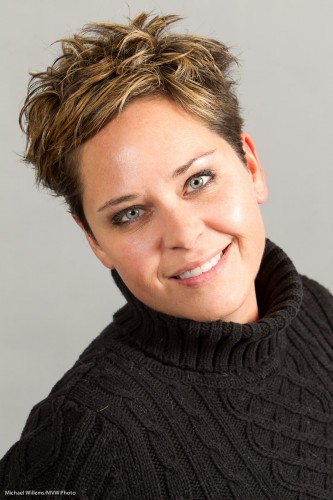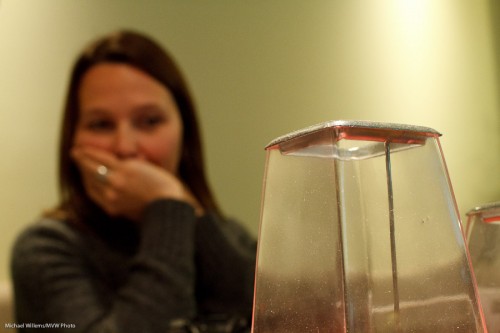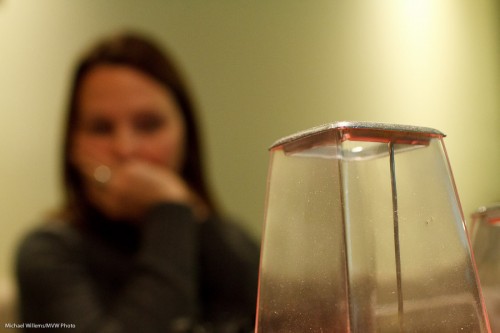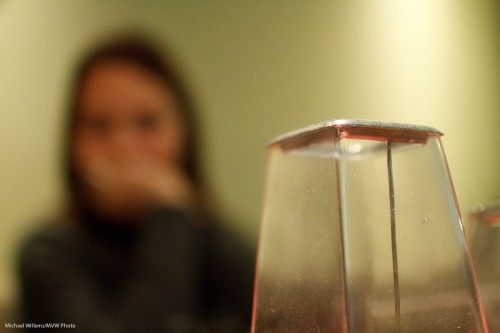Nikon calls it “slow flash” when you use a slow shutter speed while using flash. You engage this in semi-automatic and automatic camera modes (P and A) by pressing the flash button an turning the wheel until you see the word “slow” on the top LCD display in the flash area.
This is a misnomer. The flash is fast – in the order of 1/1000th second. It is the shutter that is allowed to be slow in this “mode” (really just a technique). That is why another, more correct, term for this technique is “dragging the shutter”.
And you want to do that why? As readers here now, you want that in order to allow enough ambient light in, to avoid those dark backgrounds.
But can you use a slow shutter speed when using flash? Surely a shot at, say, 1/30th second will be all blurry?
Not necessarily. While there may be a little ghosting, if your subject is mainly lit by the flash, it will be as though it was shot at 1/1000th second.
That is why “slow flash” is such an unfortunate misnomer: it is”fast flash in a slow shutter image”. Which is why the Willems 444 Rule for indoors flash (400 ISO, 1/40th sec, f/4) usually results in crisp images. Have you tried it yet?

